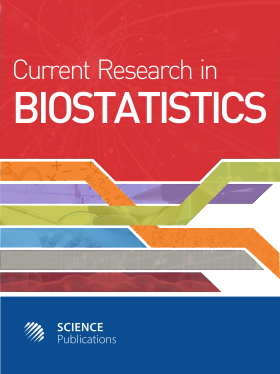Utilization and Modification of Point Sampling and Line Sampling in the Forestry Survey
- 1 Oklahoma State University, United States
Abstract
Problem statement: In the practice of conventional point sampling and line sampling methods in the forestry survey, we often encounter problems such as boundary and hole problems. These problems could introduce bias in the results of forest sampling. Proper modifications are needed. Approach: This study developed novel probability computation approaches in the utilization and modification of horizontal point sampling and line sampling in the forestry inventory. It reviewed conventional point sampling and line sampling methods, identifies specific problems associated with actual forest sampling and provides modification solutions using probability computations. Results: By modifying the original point sampling and line sampling procedures, this study proposed novel solutions to these problems and provides better sampling methods with reduced bias in the forestry survey. Conclusion: In this study, only horizontal gauging for point sampling and line sampling was discussed. For the corresponding problems encountered in vertical gauging, the solutions are similar to the ones for the horizontal gauging sampling. These modifications had been presented with varying levels of complexity. To maintain a balance between precision and costs, modifications with an appropriate level of complexity may be selected.
DOI: https://doi.org/10.3844/amjbsp.2010.67.74

- 6,298 Views
- 4,335 Downloads
- 0 Citations
Download
Keywords
- Point sampling
- line sampling
- forest sampling
- horizontal gauging
- tree basal area
